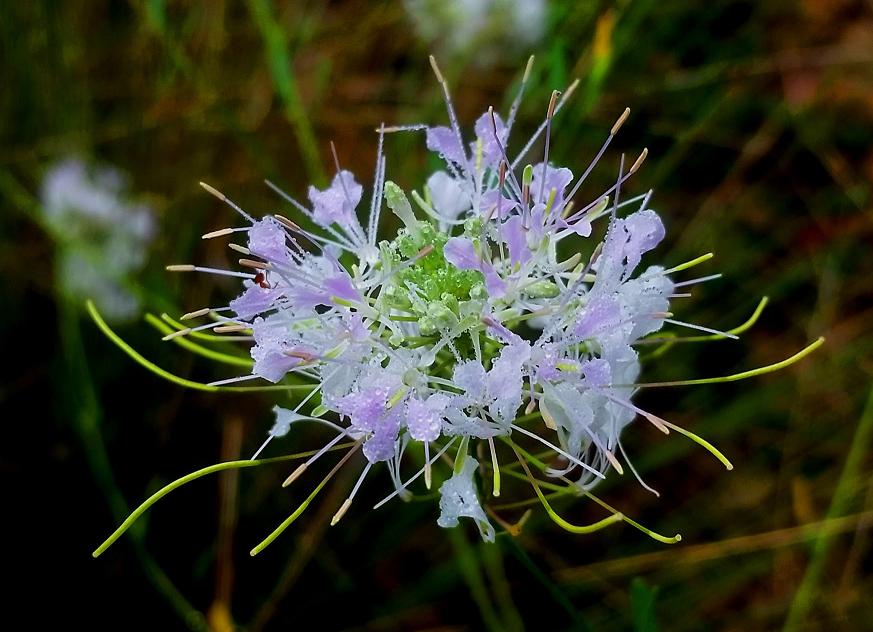Difference between revisions of "Warea cuneifolia"
(→Ecology) |
HaleighJoM (talk | contribs) (→Ecology) |
||
| Line 30: | Line 30: | ||
<!--===Seed bank and germination===--> | <!--===Seed bank and germination===--> | ||
<!--===Fire ecology===--> <!--Fire tolerance, fire dependence, adaptive fire responses--> | <!--===Fire ecology===--> <!--Fire tolerance, fire dependence, adaptive fire responses--> | ||
| − | <!--===Pollination and | + | <!--===Pollination===--> |
| + | <!--===Herbivory and toxicology=== <!--Common herbivores, granivory, insect hosting, poisonous chemicals, allelopathy, etc.--> | ||
<!--===Diseases and parasites===--> | <!--===Diseases and parasites===--> | ||
Latest revision as of 17:30, 18 July 2022
Common names: Carolina pineland-cress, Carolina warea
Contents
Taxonomic notes
Description
A description of Warea cuneifolia is provided in The Flora of North America.
Distribution
Ecology
Habitat
W. cuneifolia has been found in sandhills, turkey oak-pine woods, open scrub oak, longleaf pine-scrub oak sand ridges, and longleaf pine woods.[1] It is also found in disturbed areas including secondary slash pine forests and along fences.[1] Associated species: Liatris, Polansia, Q. laevis, Q. margaretta, Vaccinium stamineum, and Trichostema.[1]
Conservation, cultivation, and restoration
Cultural use
Photo Gallery
References and notes
- ↑ 1.0 1.1 1.2 Florida State University Herbarium Database. URL: http://herbarium.bio.fsu.edu. Last accessed: June 2021. Collectors: Loran C. Anderson, R. A. Davidson, R.K. Godfrey, R. F. Thorne, and D. B. Ward. States and counties: Florida: Gadsden, Jackson, and Liberty.
